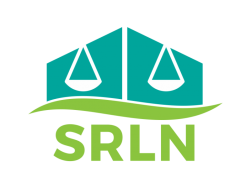
SRLN Brief: Rule 6.5 - A Powerful Tool to Diversify Pro Bono and Transform Court Services (SRLN 2015)
Ethics rule 6.5 is a powerful tool to diversify pro bono programs and to transform court services because it allows unbundled lawyers to perform real time services in court-annexed programs without the onerous clerical burdens and limitations unde
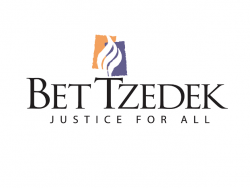
Report: Making Self-Help Work: Bet Tzedek’s Conservatorship Clinic (Bet Tzedek 2013)
Since 2007, Bet Tzedek Legal Services has been running a self-help conservatorship clinic in partnership with the Los Angeles Superior Court.
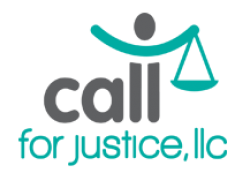
News: Call for Justice (Minnesota 2015)
Call for Justice, LLC is an innovative non-profit in Minneapolis that seeks to improve access to justice by connecting low-income people to existing legal resources, in partnership with United Way 211 and others.
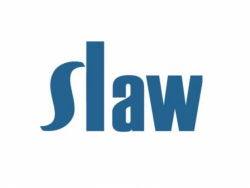
Article: Triage - A Vital Tool to Increase Access to Justice (Boyle 2013)
In this article in Slaw, Canada's on-line legal magazine, Kari Boyle reviews some of the triage activity in Canadian Civil Justice Reform.
About the author:
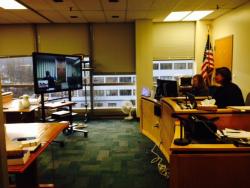
News: Alaska Court Uses Triage and Targeted Pro Bono Unbundled Legal Advice to Settle 80% of Contested Domestic Cases (Alaska State Court System 2015)
Various Supplementary Resources:
Listen to a piece about ERP on NPR
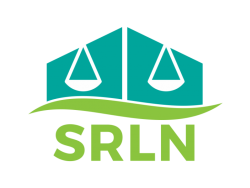
SRLN Brief: Examples of Legal Aid On-Line Intake and Triage Projects (SRLN 2016)
Over the years, legal aid programs developed complex intake protocols and decision trees to help manage their crushing caseload. Initially, these screening tools were simply paper documents that intake staff could use.
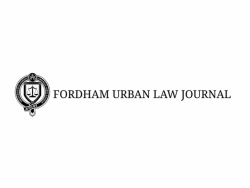
Article: New Roles for Non-Lawyers to Increase Access to Justice (Zorza & Udell 2014)
Article: The Access To Justice “Sorting Hat” Towards A System Of Triage And Intake That Maximizes Access And Outcomes (Zorza 2012)
In this seminal article, Richard Zorza discusses the fact that we know little of the processes by which the millions of people who approach courts, legal aid intake systems, and hotlines are directed into them, or the access services they do or do
- « first
- ‹ previous
- 1
- 2
- 3
- 4